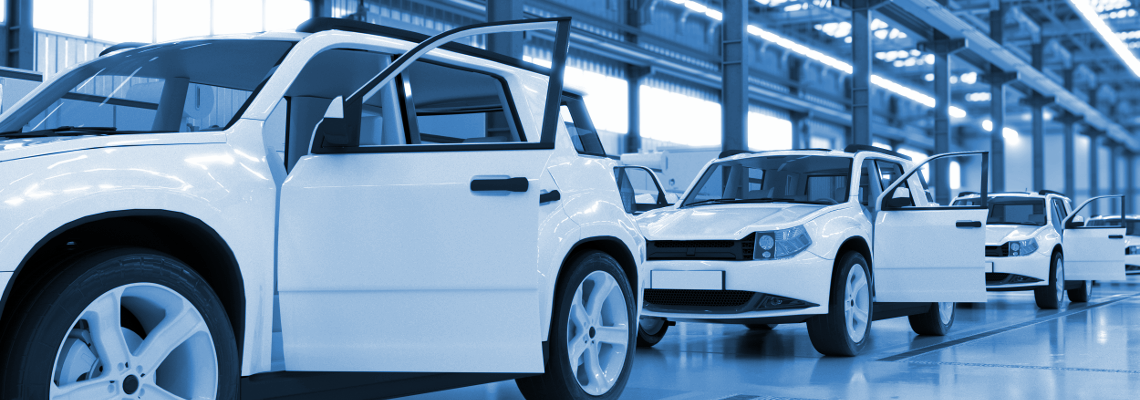Both Battery and Hydrogen Fuel Cars Needed
When discussions take place about Alternative power systems, (hydrogen fuel cells or battery electric engines), experts often fall into one camp or the other.
Proponents of each technology have been vocal in spotlighting the benefits they have to provide. Often, they will compare battery electric to hydrogen fuel cell performances, particularly when it comes to vehicles. However, experts are now coming to the conclusion that it’s not really a matter of deciding which technology will win out and which will disappear. Instead, each form of clean power will find its place, as each has strengths in specific areas. The main points of debate are Efficiency, Infrastructure and Environmental impact.





